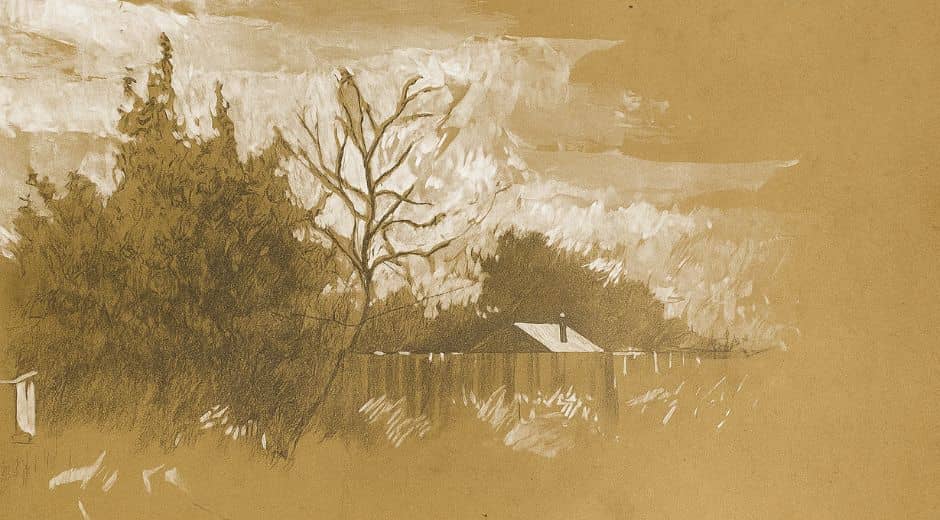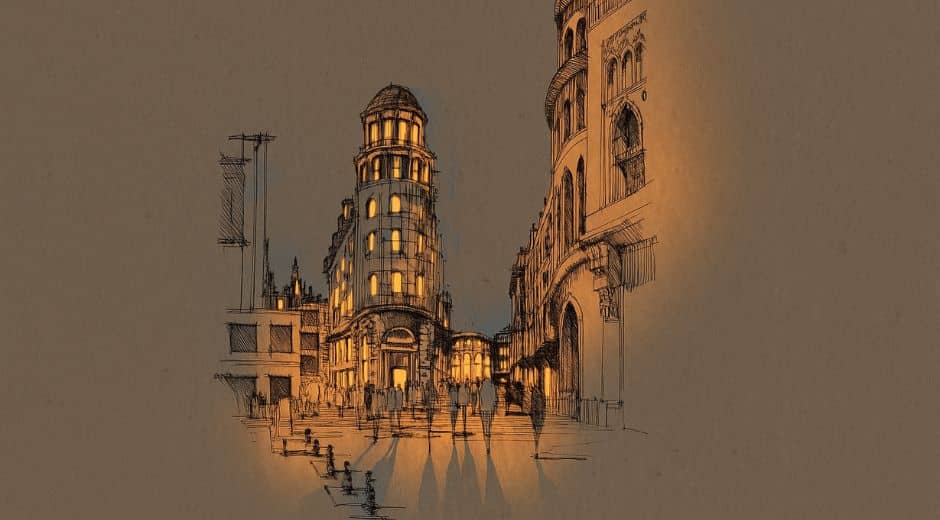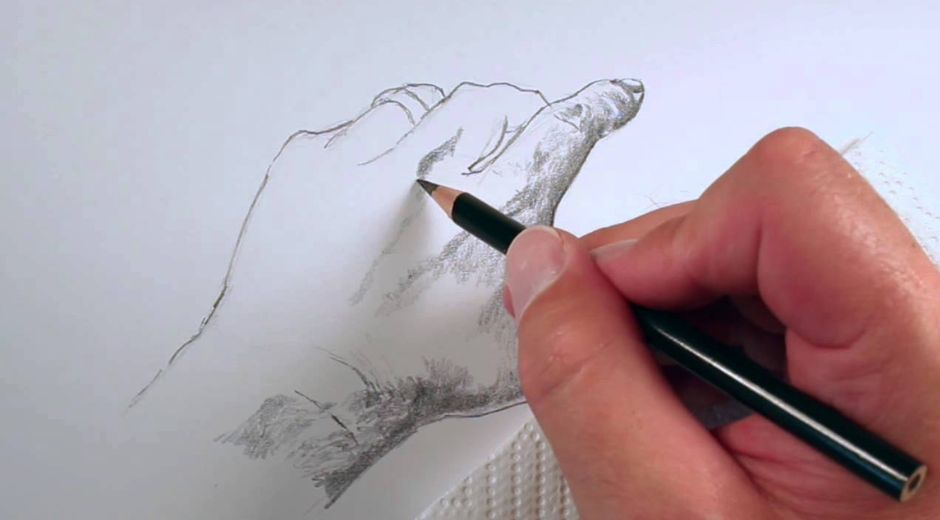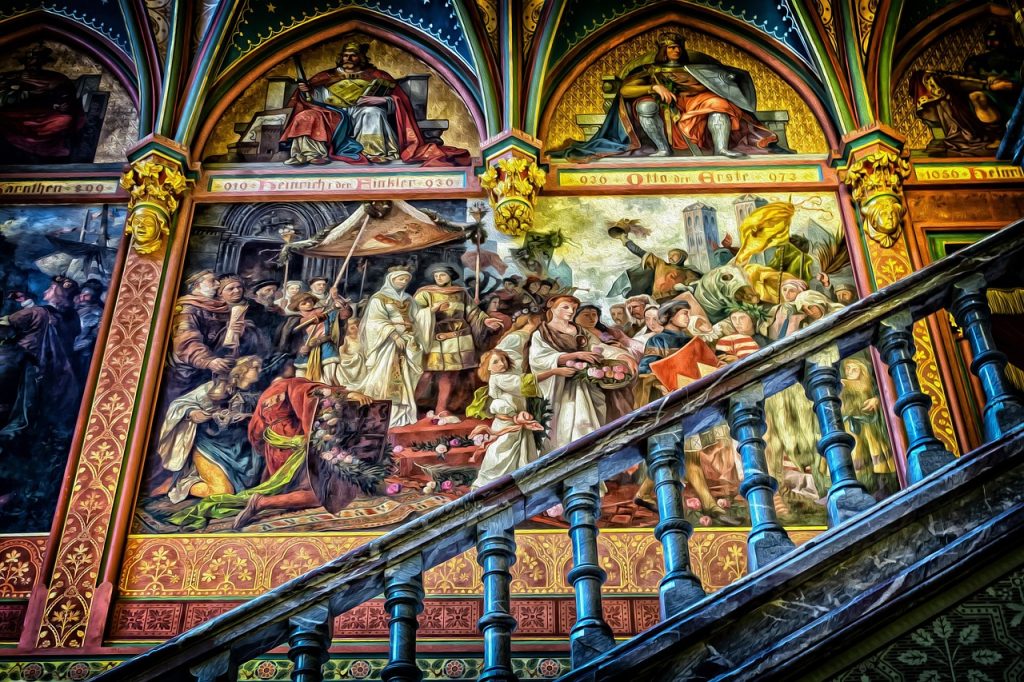Composition: The Hidden Architecture of Illustration
Every powerful illustration begins long before color or line appears on paper. Beneath the visual story lies a framework that holds everything together — composition. It is the invisible architecture of art, the structure that determines harmony, focus, and emotion within an image.
Without thoughtful composition, even the most beautiful drawing can feel flat or confusing. But with balance and flow, a simple sketch can captivate the eye and guide emotion effortlessly. Composition is what transforms drawing from arrangement into expression, from chaos into poetry.
Understanding Composition in Illustration
In its essence, composition refers to how elements are organized within a space. It is the art of deciding where to place subjects, how to balance shapes, and how to lead the viewer’s gaze across the frame.
Think of it as visual choreography. Every object, line, and shadow performs a role in a silent dance. The way these parts interact determines whether a piece feels calm, dynamic, or unsettling. Great illustrators use this awareness to communicate emotion before the viewer even realizes it.
When composition works, the artwork feels inevitable — as if every element naturally belongs exactly where it is.
The Power of Visual Balance
A well-balanced composition creates comfort and order. Balance doesn’t always mean symmetry; it can also emerge through contrast, weight, and rhythm.
An illustrator might counter a heavy dark form with a bright open space or balance complex details with simplicity elsewhere. This tension keeps the eye moving, inviting exploration rather than monotony.
The interplay of balance and imbalance can also evoke emotion. A centered subject suggests calm authority, while off-center placement brings energy or tension.
Understanding these principles allows artists to design not just what people see, but what they feel.
Composition in Digital Illustration
Digital art has revolutionized composition, offering infinite layers, undo options, and experimental freedom. Yet, the principles remain the same.
Digital illustrators often use layout grids, blending modes, and light overlays to simulate traditional depth and perspective. Mastering digital composition requires balancing these tools with artistic intuition.
Online platforms such as MuseaTime frequently highlight emerging illustrators who merge classical composition with modern tools — proving that technology doesn’t replace design logic; it enhances it.
From Page to Emotion
Ultimately, composition isn’t just technical — it’s emotional. It mirrors how people experience life: order, chaos, rhythm, and rest.
Every illustration reflects a heartbeat of its creator. Whether through sweeping movement or calm stability, composition translates emotion into visual logic.
When viewers connect deeply with an image, it’s rarely because of color or detail alone; it’s because composition has silently guided them into feeling.
To understand how human perception of visual order develops from early age, you might explore insights at https://coolparentingtips.com/ — where sensory learning connects beautifully with creative development.
Common Mistakes and How to Avoid Them
Even skilled artists struggle with composition. Common pitfalls include:
Overcrowding the frame with too many details.
Ignoring negative space.
Forgetting the focal point.
Centering everything, which flattens energy.
To avoid these, illustrators can step back often, simplify, and trust their instincts. A powerful composition usually feels effortless because the artist made thousands of unseen decisions to make it so.
Teaching the Eye to See
Developing an eye for composition takes time and observation. Artists train by analyzing photographs, paintings, and film scenes. They ask: Where does my eye go first? What creates tension? What releases it?
Sketching thumbnails, experimenting with perspective, and flipping the canvas horizontally are simple but effective methods to test balance. Over time, instinct replaces theory — the artist begins to “feel” when an image works.
As one article on Tate explains, awareness of composition deepens appreciation not only for art but for the world itself. Once you start noticing visual order, it appears everywhere — in architecture, landscapes, and even the layout of daily life.
Developing an eye for composition takes time and observation. Artists train by analyzing photographs, paintings, and film scenes. They ask: Where does my eye go first? What creates tension? What releases it?
Sketching thumbnails, experimenting with perspective, and flipping the canvas horizontally are simple but effective methods to test balance. Over time, instinct replaces theory — the artist begins to “feel” when an image works.
As one article on Tate explains, awareness of composition deepens appreciation not only for art but for the world itself. Once you start noticing visual order, it appears everywhere — in architecture, landscapes, and even the layout of daily life.
Cultural Perspectives on Composition
Different artistic traditions interpret composition uniquely.
In Renaissance art, balance and proportion reflected divine harmony.
In Chinese ink painting, asymmetry expressed movement and spontaneity.
Islamic geometry celebrated unity through intricate repetition.
MuseaTime frequently showcases exhibitions where these philosophies meet modern interpretation, proving that composition remains a universal artistic language that transcends time and culture.
For example, modern illustrators blend Western perspective with Eastern flow to achieve fresh hybrid styles, showing how global art continues to evolve through shared visual grammar.
Conclusion: Composition as the Soul of Drawing
Composition is the silent thread binding imagination to structure. It is where intuition meets discipline, where chaos meets form.
In illustration, composition decides not only what we see but how we feel. It organizes the unseen energy that gives art its pulse.
For those who wish to deepen their understanding of creative structure, MuseaTime continues to share museum insights, exhibitions, and artistic guides that explore composition’s role in every era of visual storytelling.
Composition isn’t a rule; it’s a relationship — between artist, subject, and viewer — and when it works, art becomes something more than beautiful. It becomes unforgettable.
Inspiration Expression Eternity

Shaping Atmosphere: How Visual Choices Transform a Space
A space changes instantly through form, color, shadow, and arrangement. Explore how thoughtful visual decisions influence mood and elevate everyday interiors.

Shaping a Scene: How Structure Guides the Eye
Every sketch benefits from structure. By guiding the viewer’s eye with thoughtful arrangement, illustrators create pieces that feel intentional, balanced, and visually inviting.
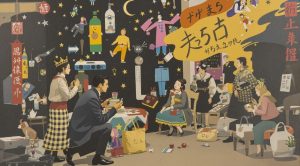
How Traditions Evolve Through Modern Life
Traditions don’t disappear as time passes — they shift, adapt, and take on new forms. Explore how modern life reshapes long-standing customs while keeping their spirit alive.





